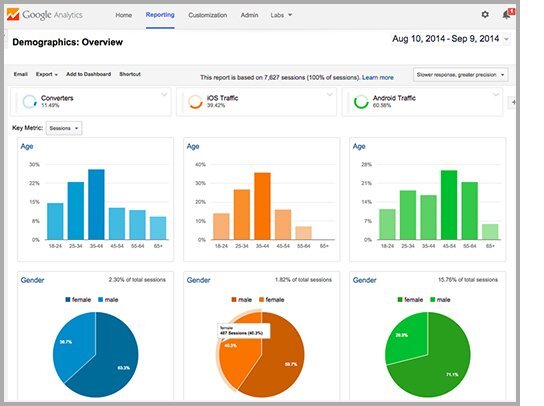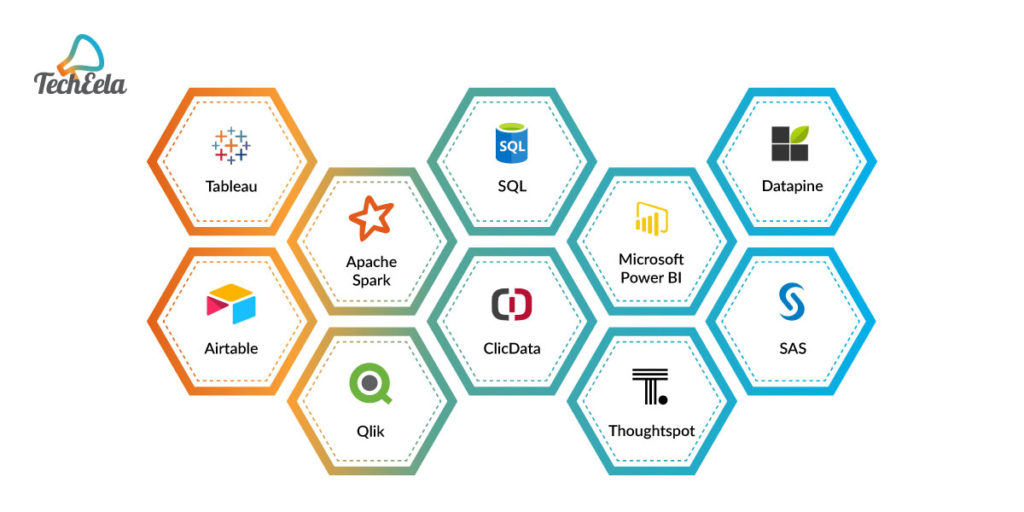Unlock Service Insights With Advanced Analytics Equipment
In today's data-driven landscape, the capability to unlock business understandings through sophisticated analytics devices is coming to be significantly critical for organizations looking for a competitive side. What are the vital considerations that companies must address to effectively harness these advanced analytics abilities?
Relevance of Advanced Analytics

Moreover, the affordable landscape needs that companies not just react to market modifications but also expect them. Advanced analytics equips companies to understand consumer choices, boost functional effectiveness, and reduce risks properly. By leveraging these tools, organizations can boost their decision-making procedures and drive technology.
On top of that, the integration of innovative analytics promotes a culture of continual enhancement, where companies can fine-tune their techniques based upon empirical evidence. As industries such as finance, health care, and retail progressively depend on information to notify their operations, the value of advanced analytics will just remain to grow, making it a crucial component for sustained success in today's data-driven economic situation.
Key Functions of Analytics Devices
Advanced analytics tools are characterized by a series of necessary features that enhance their performance in information analysis and decision-making (Analytics). Among the vital attributes is data assimilation capability, which enables smooth aggregation of information from various resources, assisting in extensive analysis. This ensures that services have an all natural view of their information landscape
In addition, advanced analytics tools usually include robust analytical and anticipating modeling capabilities. These features allow companies to anticipate patterns and identify patterns, resulting in more enlightened critical decisions. Visualization tools are also important, giving instinctive graphical representations of information, which simplify intricate information and make insights much more easily accessible to stakeholders.
An additional vital facet is the unification of machine knowing algorithms, which enhance the ability to evaluate big datasets and discover covert insights without explicit programs. Furthermore, easy to use interfaces enable non-technical individuals to take advantage of these tools efficiently, democratizing data accessibility throughout the company.
Kinds Of Advanced Analytics
While different sophisticated analytics methods exist, they can typically be categorized into numerous vital kinds that serve distinct purposes within companies.
Detailed analytics focuses on summarizing historic information to determine patterns and fads. It supplies insights right into what has happened in the past, enabling companies to make informed choices based upon empirical evidence.
Anticipating analytics, on the other hand, uses analytical algorithms and artificial intelligence techniques to anticipate future end results based upon historical data. This kind is specifically beneficial for risk evaluation and demand forecasting, permitting companies to prepare for prospective obstacles and chances.
Authoritative analytics goes a step additionally by recommending actions based upon predictive insights. Analytics. It uses optimization and simulation strategies to suggest the ideal course of action, making certain that organizations can make data-driven choices with self-confidence
Implementation Methods
Effective execution strategies for sophisticated analytics are crucial for organizations seeking to harness the complete possibility of their data. To begin with, a clear roadmap needs to be websites developed that aligns analytics initiatives with overall company goals. This calls for a deep understanding of organizational goals and the particular concerns analytics can address.
Following, spending in the right innovation and devices is vital. Organizations must review available platforms for scalability, ease of use, and integration abilities with existing systems. This makes sure that information can be gathered, refined, and analyzed effectively.
Additionally, cultivating a data-driven society is crucial. Educating workers on analytics devices and methods equips them to use insights efficiently in decision-making. Engaging stakeholders across departments can help with buy-in and encourage collaboration, boosting the total success of analytics tasks.
Furthermore, organizations ought to focus on information high quality and governance. Executing robust information monitoring methods makes sure that the insights generated are exact and trusted. Finally, continuous evaluation and model of analytics processes allow companies to adapt to changing organization demands and technological advancements, inevitably driving sustained value from their analytics campaigns.
Future Patterns in Analytics
As organizations carry out robust analytics approaches, it is imperative to stay aware of the developing landscape of analytics technologies and techniques. Future patterns in analytics are positioned to transform exactly how organizations acquire insights, optimize operations, and drive decision-making.

One more pattern is the rise of enhanced analytics, which automates information preparation and insight generation, minimizing the reliance on data specialists. This democratization of analytics empowers employees at all levels to leverage information in their duties.
In addition, the change in the direction of real-time analytics will allow organizations to respond promptly to market adjustments and over here consumer preferences, enhancing agility and competition. As information privacy guidelines come to be a lot more strict, analytics services will additionally require to prioritize ethical information use, guaranteeing compliance while keeping durable understanding generation. Welcoming these patterns will be crucial for companies looking for to maintain an affordable side in a progressively data-driven globe.
Verdict
In verdict, advanced analytics tools play a crucial function in changing information into actionable understandings, driving tactical development and functional efficiency across companies. Reliable implementation techniques make sure that these devices are integrated into organizational procedures, while arising trends suggest an ongoing advancement in analytics capacities.
Advanced analytics discover here encompasses a suite of methods, consisting of anticipating modeling, equipment learning, and data mining, which allow services to discover patterns, projection fads, and maximize operations.
Successful implementation techniques for sophisticated analytics are important for companies looking for to harness the complete capacity of their information. Constant analysis and model of analytics procedures allow organizations to adapt to transforming business demands and technical innovations, ultimately driving continual worth from their analytics campaigns.
As information personal privacy guidelines end up being a lot more rigid, analytics services will also need to focus on moral information usage, guaranteeing conformity while keeping durable insight generation.In conclusion, progressed analytics devices play a critical duty in transforming data right into workable insights, driving strategic development and operational efficiency throughout organizations.